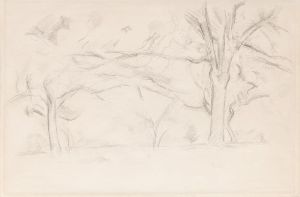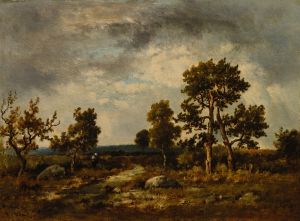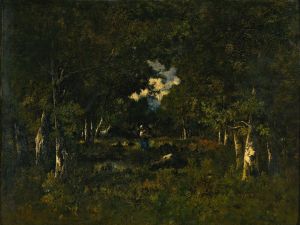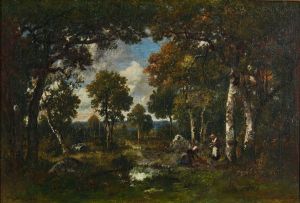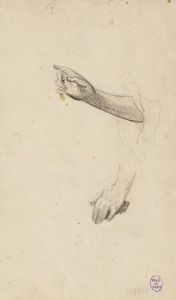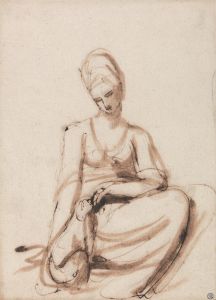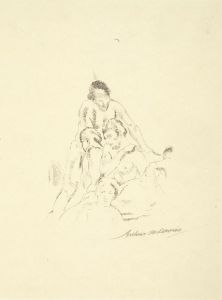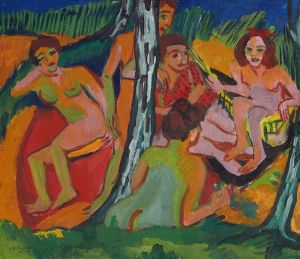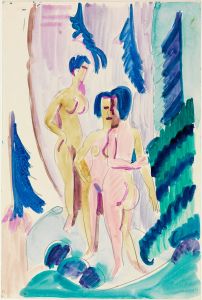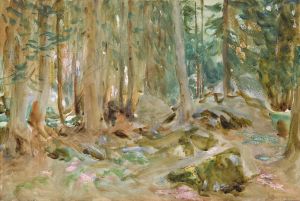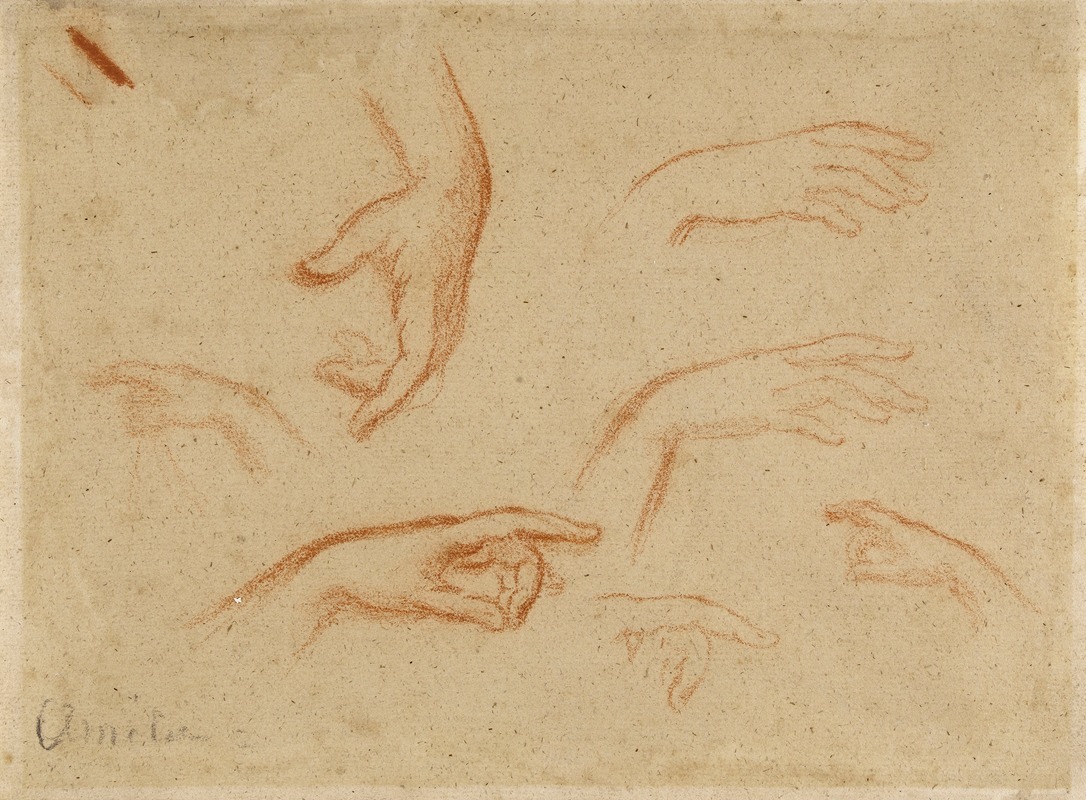
Etude de mains II
A hand-painted replica of Narcisse-Virgile Diaz de La Peña’s masterpiece Etude de mains II, meticulously crafted by professional artists to capture the true essence of the original. Each piece is created with museum-quality canvas and rare mineral pigments, carefully painted by experienced artists with delicate brushstrokes and rich, layered colors to perfectly recreate the texture of the original artwork. Unlike machine-printed reproductions, this hand-painted version brings the painting to life, infused with the artist’s emotions and skill in every stroke. Whether for personal collection or home decoration, it instantly elevates the artistic atmosphere of any space.
Narcisse-Virgile Diaz de la Peña (1807-1876) was a French painter of the Barbizon school, known for his landscapes and figure paintings. One of his notable works is "Etude de mains II" (Study of Hands II), which exemplifies his skill in capturing the human form and his attention to detail.
"Etude de mains II" is a study that focuses on the intricate details of human hands. This type of study was common among artists who sought to perfect their technique and understanding of anatomy. Diaz de la Peña's work in this area demonstrates his dedication to mastering the subtleties of human anatomy, which is evident in the lifelike representation of the hands in this piece.
The Barbizon school, to which Diaz de la Peña belonged, was a group of painters who settled in the village of Barbizon near the Forest of Fontainebleau. They were part of a movement that emphasized naturalism and the depiction of rural landscapes and scenes from everyday life. Diaz de la Peña, although primarily known for his landscapes, also produced numerous studies and figure paintings, of which "Etude de mains II" is a fine example.
Diaz de la Peña's technique in "Etude de mains II" showcases his ability to render the texture and form of the hands with precision. The study likely served as a preparatory work for a larger composition or as an exercise to refine his skills. The attention to the play of light and shadow on the hands highlights his understanding of three-dimensional form and his ability to convey the softness and complexity of human skin.
Throughout his career, Diaz de la Peña was influenced by other artists of his time, including Eugène Delacroix and Théodore Rousseau. His works often reflect a blend of Romanticism and Realism, capturing the emotional depth and realistic details of his subjects. "Etude de mains II" fits within this context, as it combines a meticulous approach to detail with a sensitivity to the expressive potential of the human form.
Diaz de la Peña's contributions to the Barbizon school and his studies, such as "Etude de mains II," have earned him a place in the history of 19th-century French art. His works are held in various museums and collections, where they continue to be appreciated for their technical skill and artistic merit.
In summary, "Etude de mains II" by Narcisse-Virgile Diaz de la Peña is a testament to the artist's dedication to mastering the human form and his ability to capture the delicate details of anatomy. This study reflects the broader artistic trends of the Barbizon school and Diaz de la Peña's unique blend of Romanticism and Realism.





